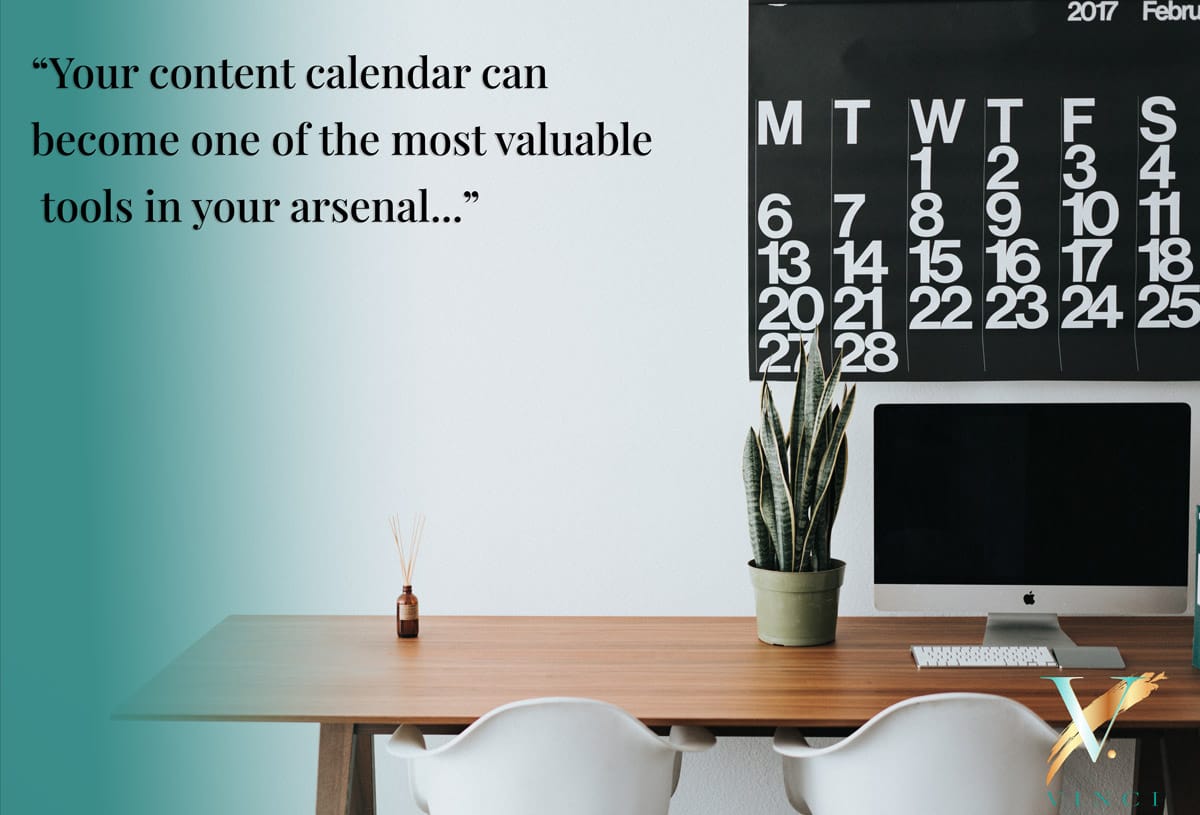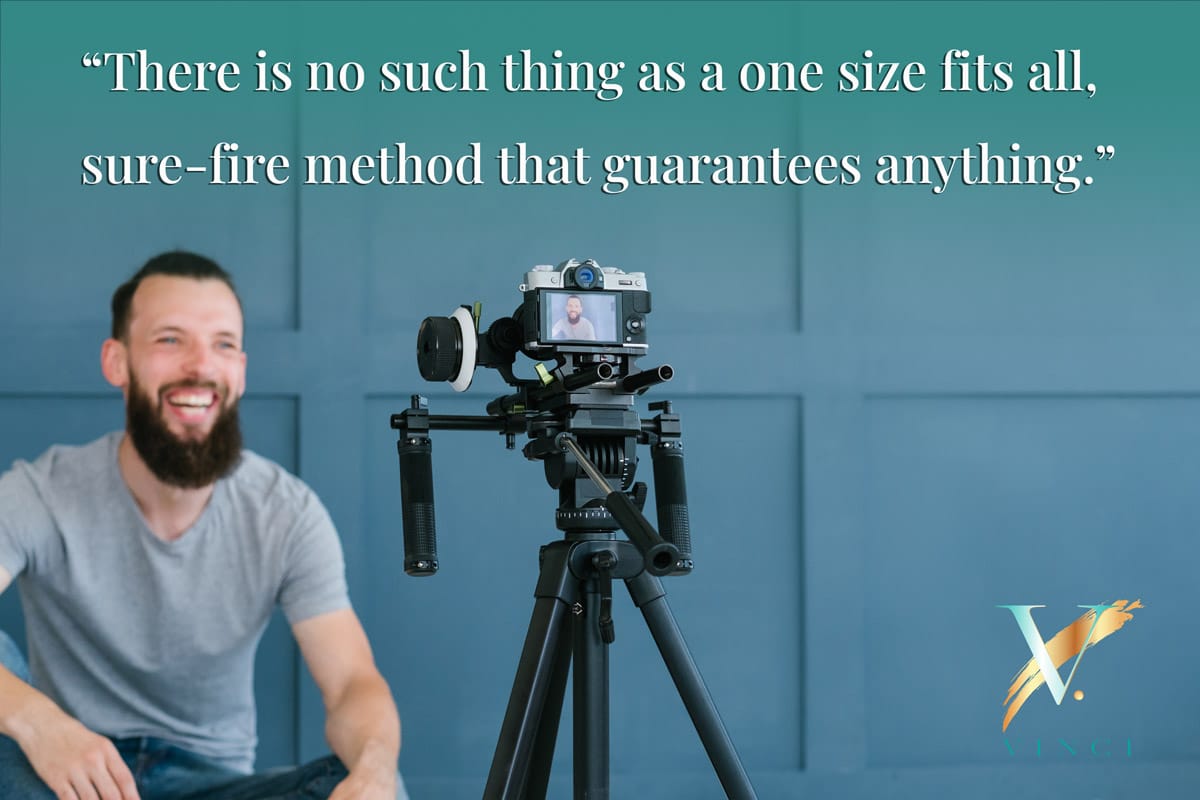Navigating social media for your business may come naturally to you. It may be exciting and a task you genuinely look forward to. However, for some business owners, it is a chore they dread and feel entirely unprepared to handle. But even if you are one of the fortunate souls who delight in creating Reels and replying to DM’s, you may not be getting results when it comes to leads and engagement due to a lack of a strategy.
Regardless of where you fall, your business will benefit from developing and implementing a social media strategy that allows you to effectively plan, manage and measure the success of your online efforts.
A social media strategy is a detailed summary of what you want to accomplish and how you plan to accomplish it. Since it is created with your business in mind, you are able to ensure every aspect is attainable according to what and how much you are capable of. Your strategy will also be measurable so you can determine what’s working and what’s not.
Our Step-by-Step Guide to Social Media Strategy
In this blog, we will walk you through our step-by-step guide for creating a successful social media strategy for your business.
#1 Identify your goals

Your goals are the foundation your strategy is built on. Social media goals should be specific, realistic, and measurable. Common goals involve awareness, engagement, conversions, click-throughs and reach. These goals will guide the rest of your strategy in the right direction. It is important to consider how each social media goal will play into your larger business goals so your social media strategy is supportive of your overall business needs.
#2 Define who your target audience is

When creating content for social media, you may be inclined to create according to what YOU want to say without considering who your actual audience is or what they want and need to hear. By clearly defining who your target audience is, what they are interested in, what their problems are, and how your product or service can solve them, you are able to narrow down your messaging to attract and resonate with the exact people you want to reach.
Take it one step further by using one of the many social media analytics tools available online to learn even more about your audience, when they are online, their demographics, and what content they are most likely to interact with.
#3 Decide where you should show up to reach your target audience

Now that you’ve learned all you can about your audience, use that information to determine where you should be showing up to reach them. A common mistake would be to show up only on platforms you are familiar with or comfortable with no regard for where your audience actually IS. Another would be to show up everywhere with a mediocre presence because you are unable to maintain the management of multiple platforms. (A key component of any strategy needs to be the consideration of maintenance and time management – but more on that later). In reality, the majority of your audience may be spending most of their time on one specific platform where you can focus your energy with more activity and more quality content.
When in doubt, follow the data. Use the information you gathered about your audience and research where those people are online.
#4 Determine what you’re going to post

So far you have identified what you want to accomplish, who you want to reach, and where you want to reach them. The next steps will center around how and when you’re going to reach them. Before we get to the when let’s talk about the how.
Determining exactly what your content will look like requires you to take everything you’ve learned and gathered thus far and identify content that supports all of that information. The best way to do this is to identify 3-5 content pillars that every piece of content you post will fall under. These pillars will be the cornerstones that sit on the foundation we talked about earlier. Content pillars ensure that your content is balanced and well-rounded without allowing any particular area to slip through the cracks. The pillars will be specific themes that support your brand and make it easier to come up with content that is effective and valuable to your audience.
Once you have your pillars you will create lists of topics for each that will be used as post themes that can easily be inserted into your final content calendar.
#5 Create a schedule that best serves your audience & your time
Okay, friends, we have made it to the WHEN.
Frequency is a hot topic in the social media management space with a lot of divided and mixed messaging. Some “social media experts” claim a reel a day (or even three times a day) will ensure super-Instagram-stardom. Others warn that such high-frequency content distribution will saturate feeds and deter your audience and agitate the oh-so mysterious algorithm.
Want to know the truth? There is no such thing as a one size fits all, sure-fire method that guarantees anything. Your entire social media strategy up to this point has been custom-made to fit your brand and your audience. Your schedule isn’t any different.
Here are a couple of things you should consider when making your schedule:
- Don’t set yourself up for failure. Determine a frequency you’re comfortable with that will not cause burnout. If you find yourself easily maintaining your schedule then you can always bump up the number of posts!
- Do consider when your audience is online. Use the data you’ve gathered and everything you know about your audience to determine peak times to post. (But again, keep the reality of your own schedule and availability in mind – don’t decide to post at 3:00 p.m. right when you’ll be in the school pickup line!)
- While there are many posting scheduling apps that can get your static posts up on their own, there is not YET a way to pre-schedule reels that use trending audio! Regardless, if you’re concerned about getting posts up in the middle of your work day these apps are a very convenient way to take some of the pressure off.
#6 Build your content calendar

Your content calendar will take all the pieces of your social media strategy and form a detailed roadmap for you to follow throughout the month. This one document will tell you when you’re posting, where you’re posting, what you’re posting, and even when you’re engaging.
While creating such a detailed document can feel like a daunting task, it will alleviate an enormous amount of pressure, procrastination, and uncertainty throughout the month making it one of the most valuable tools in your arsenal when managing your social media accounts regardless of what platforms you’re showing up on.
#7 Track, evaluate and evolve your strategy
Your social media strategy is a living document that will need to be continually assessed and altered according to what works and what doesn’t but it can also shift as your brand evolves and grows. Month after month you should be reviewing your insights and gathering data to help you better understand how your strategy is performing and accomplishing the goals you have set for your business.
It is not uncommon for initial strategies to require significant changes within the first few months as you begin to see trends both positive and negative. In addition to your insights, don’t be afraid to check in with your audience with quick polls and surveys to help you learn more about what they want or need more of from your social media accounts.
Start Making Waves on Social Media

Today we’ve broken down a quick step-by-step guide to developing a strategy that can help your business thrive on social media. Social media strategies take time to develop but can make showing up on social media less stressful and more effective while forming better connections with your audience because your strategy and content are curated according to what they want and need.
Are you ready to take your strategy to the next level while removing leg work? Learn more about how our social media team can elevate your presence and lighten the load.












